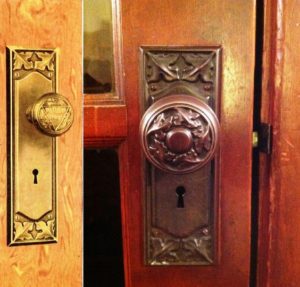 Kit Houses
Kit Houses
ID Block 3
Marked lumber: Kit house companies labeled their lumber to make it as easy as possible for buyers to follow assembly instructions for their homes. Companies stamped rafters, floor joists, wall studs, sub-flooring, and other lumber to match blueprints. These stamps could be letters, numbers, or a combination and were typically on the wide side of the lumber about two to ten inches from the end of the framing member. If the boards were stamped on the ends, it would not be visible.
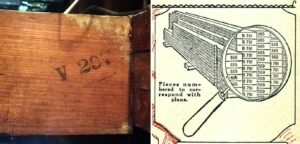
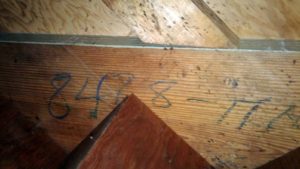
Finding stamped lumber or grease pencil notations is one clue that your house might be a kit, but once again, not definitive. A builder or owner may have ordered the lumber only from the kit house company. Many continued to provide separate catalogs for material supplies.
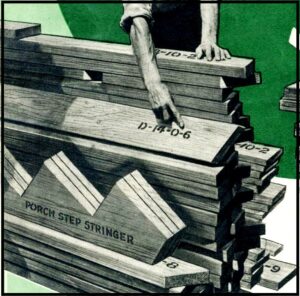
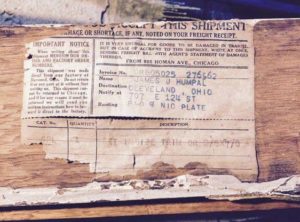
Shipping Labels: Paper shipping labels on the back of mill work, such as baseboards and door and window trim, is another clue. Again, this is not confirmation, as the lumber may have arrived as a separate order and not as part of a kit.
Fixtures and hardware: Electrical, plumbing, and heating fixtures, and hardware on doors, windows, and cabinetry, may hold clues to a kit. As with other features, it is also possible appliances and fixtures were ordered separately from the company.
